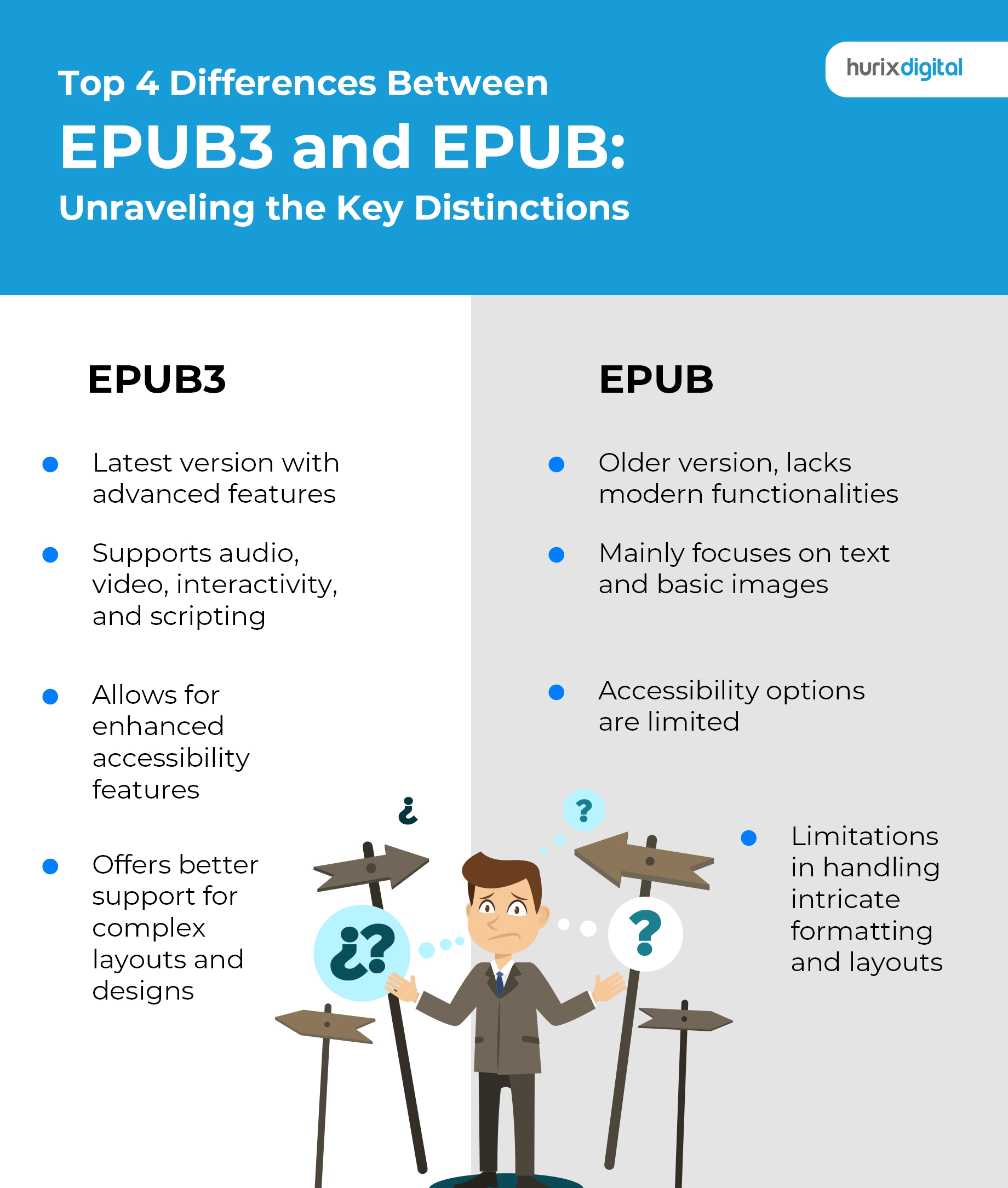The ePub format is one of the most widely used digital publishing standards. It allows readers to access books, articles, and documents across various devices. However, not all versions of ePub offer the same features.
With advancements in digital publishing, ePub3 was introduced to enhance functionality, making reading experiences more interactive and accessible. Understanding the differences between the two helps publishers choose the right format for their content.
Contact us today!

Why ePub Matters in Digital Publishing
Many eBooks and online publications rely on the ePub format due to its flexibility and compatibility with multiple devices. Key benefits include:
- Reflowable text that adjusts to screen size.
- Support for various devices including tablets, smartphones, and eReaders.
- Lightweight file sizes, making downloads faster.
As digital content consumption increases, using the right format ensures a seamless reading experience.
Key Differences Between ePub and ePub3
1. Multimedia Support
Traditional ePub primarily focuses on text and simple images. ePub3, on the other hand, integrates multimedia elements such as audio, video, and interactive features, making digital content more engaging.
2. Accessibility Enhancements
ePub3 introduces better support for screen readers, text-to-speech, and other assistive technologies, ensuring inclusivity for all readers. Older versions have limited accessibility features, restricting usability for some users.
3. Formatting Capabilities
Complex layouts, such as interactive textbooks and magazines, are better supported in ePub3. The older format struggles with advanced formatting, making it less suitable for visually rich content.
4. Scripting and Interactivity
With ePub3, publishers can include JavaScript and interactive elements. This is useful for educational materials, quizzes, and dynamic eBooks. Standard ePub lacks these interactive capabilities.
Choosing the Right Format
For publishers looking to create visually appealing and interactive content, ePub3 is the better option. However, for simple text-based eBooks, the standard ePub format may still be sufficient.
Adopting ePub3 ensures that content remains future-ready while delivering an engaging experience for readers.



